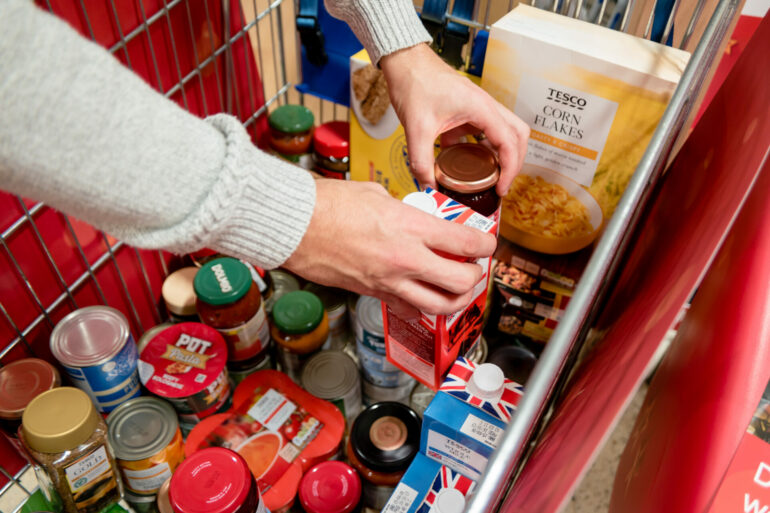In the past three months, 41% of households either dipped into savings or borrowed money to cover their costs, according to the latest Savings and Resilience Barometer from Hargreaves Lansdown.
On average, in the next 12 months, the cost-of-living crisis will wipe out any extra resilience we built during the pandemic.
It’s going to hit those on lower incomes three times harder than those on the highest incomes.
Those on lower incomes had less in lockdown savings to start with, so it will widen the gulf between higher and lower earners.
Sarah Coles, senior personal finance analyst, Hargreaves Lansdown, said: “The cost-of-living crisis is laying waste to the extra resilience we managed to build during the pandemic. It’s hitting those on lower incomes the hardest, leaving them with an impossible challenge to stay on top of their finances. And it’s not just causing huge problems right now, it’s building them for the future too.
“The second HL Savings and Resilience Barometer, produced with Oxford Economics, found that soaring prices over the past three months mean two in five of us have been forced either to dip into savings, borrow money or cut our outgoings to make ends meet. Once inflation is taken into account, disposable income fell 3% in the past three months, which has had a knock-on impact on every area of our finances.
“The report also looks forward 12 months, to see how much worse things will be by then, and the news isn’t good. Income isn’t set to recover: even factoring in the government’s lump sum payments, it’ll remain broadly flat for the rest of the year.
“Those on lower incomes will face the biggest challenges. The bottom 20% of earners will see any savings from the pandemic wiped out over the next year. Given that they were less likely to have been able to build up savings during lockdowns, it means more of them being forced to borrow too. As a result, the gulf between the resilience of higher and lower earners that grew during the pandemic, will widen again as the impact of the cost-of-living crisis kicks in.
“There’s every chance that lower earners will need more support as we go through the year, which could mean that any future government interventions are targeted more specifically to those with the greatest need. It will also mean it’s essential that anyone discovering that they can’t make it to the end of the month gets help sooner rather than later. Debt charities like Stepchange and benefits experts like Citizens Advice can help ensure you’re getting every bit of help you can, and understand all your options when it comes to managing your debts.
“It’s not all plain sailing for higher earners either. More of them will hang onto at least some of their lockdown savings. However, as interest rates rise, it’s going to be harder to cover the cost of borrowing, especially for those with big mortgages who see their fixed rate deals expire.
“This will hit those on higher incomes particularly hard because they tend to borrow more. It means it’s worth this group addressing their borrowing sooner rather than later. There’s a strong argument for cutting back wherever possible, and paying back expensive borrowing, so you’re living life less deeply in the red. It is also worth considering whether it makes sense for your circumstances to move longer term borrowing onto fixed rates, so you have more certainty over your outgoings, regardless of what happens in the broader economy.
“One of the key advantages of the Barometer is that it looks at our finances holistically, to understand the implications of these changes. It shows that not only will higher inflation mean fewer people have enough income to get them to the end of the month, but we’re also building problems for the future.
“We’re set to save less over the next 12 months, fall further behind on pension saving and invest less on average as times get tougher. Pension savings aren’t keeping up with the amount of money we’ll need in retirement to cover rising prices, so anyone who finds a way to keep on top of rising prices and still has something left over at the end of the month, shouldn’t overlook the need to put money away for the long term and build their resilience in retirement.”



